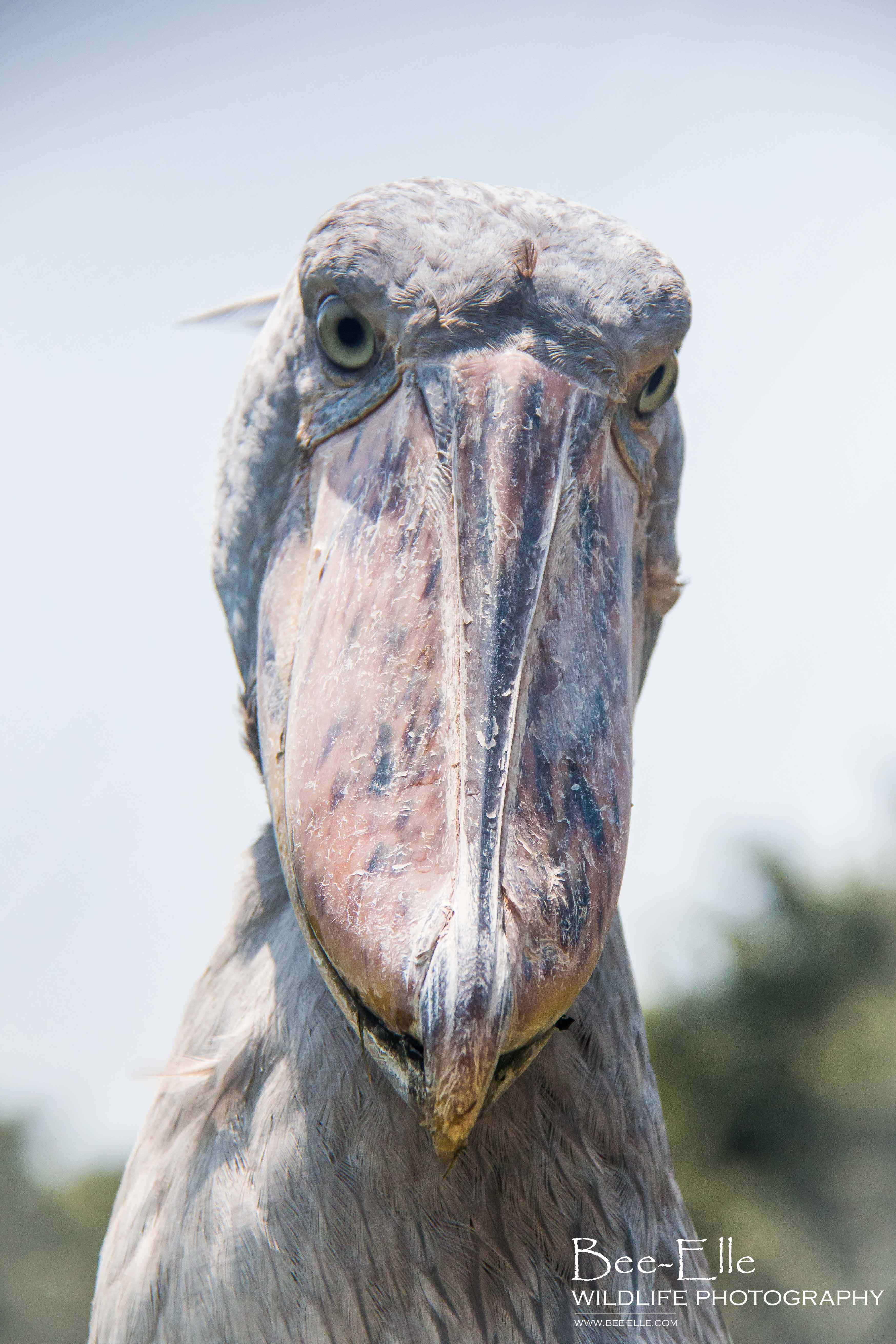

The name given to it by the first European taxonomists who saw it was ‘whalehead stork’. There, beyond a clump of vegetation, was a bird as tall as a twelve year-old boy. We stuck our poles into the thick papyrus reedbeds, hauling our boat toward a thicket. We had been searching for only ten minutes.

‘He is here,’ Ishmael, our scout said, clambering down from his precarious position balanced on the gunwales in the bow. We stood in the moving boat, scouring the swamp with our binoculars. Pygmy ducks took flight at the near-silent approach of our canoe. We punted along narrow channels dredged from the swamp that hugs the northern contours of the lakes. ‘It often takes many hours of patience,’ Tony said. It was late afternoon, and early morning is a more optimal time. ‘We will have to be lucky,’ Tony said.ĭespite his use of the imperative, I didn’t for a moment think we would actually see a shoebill. Only nine birds live in an area of 200 square kilometres. On our final day, a hot late afternoon, we boarded a wooden canoe and set out into the matted swamps of Lake Victoria near Entebbe. I have just returned from a birding safari to Uganda, facilitated by the buoyant and indefatigable Tony Byarugaba of Mamaland Safaris. In part because of its rarity and the impenetrability of its swamp habitat, it is frustratingly hard to see – needles and haystacks come to mind. The shoebill cuts a decidedly odd figure: a gunmetal grey body perched on Giacometti legs, an anvil head bent as if in supplication. Whatever its taxonomy, it remains a prize tick on any African birder’s list. The shoebill is more akin to a pelican or a heron, but its extraordinary long legs and size mean it is often classified as a stork. Many serious birders travel to Uganda with one thing in mind: to see a shoebill stork. The result – over half of all African bird species can be seen in Uganda. Its habitats include all the classic African biomes: wetlands, savannah, montane and tropical forests. The country’s location in central eastern Africa accounts in part for its extraordinary diversity, with over 1,000 species recorded in a landmass the size of the UK.


 0 kommentar(er)
0 kommentar(er)
